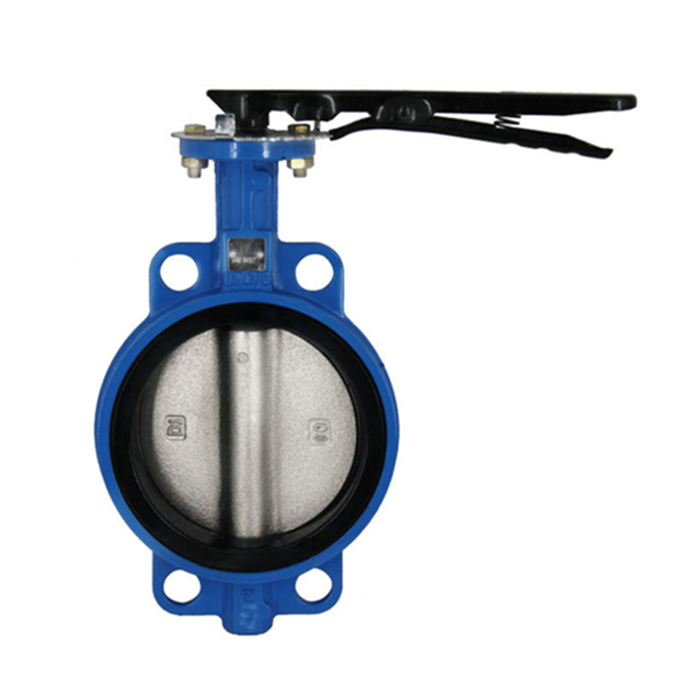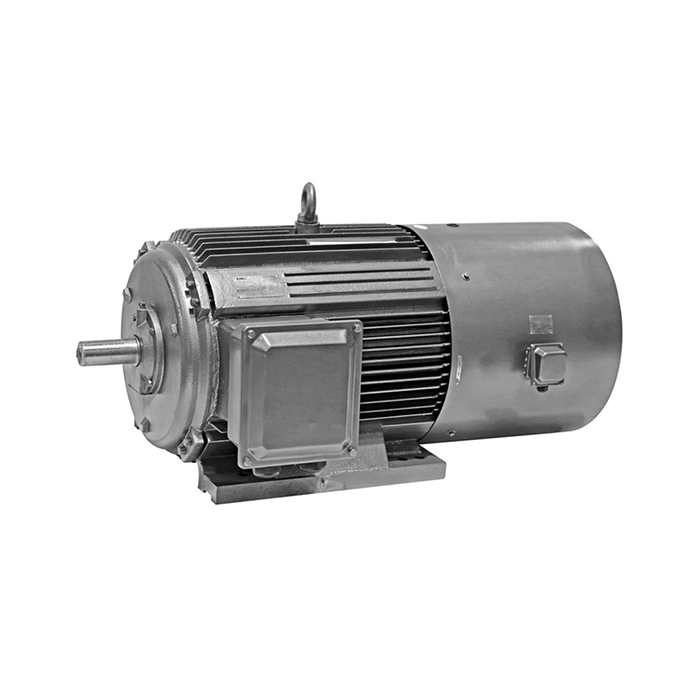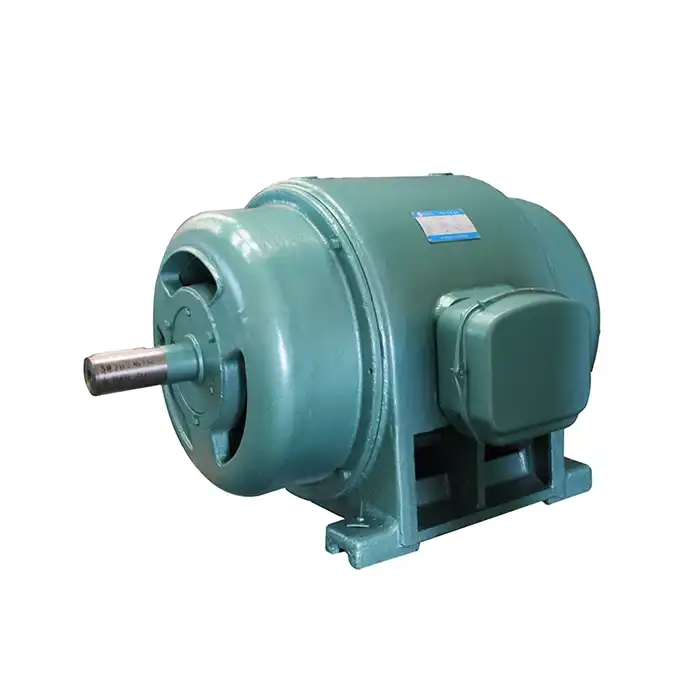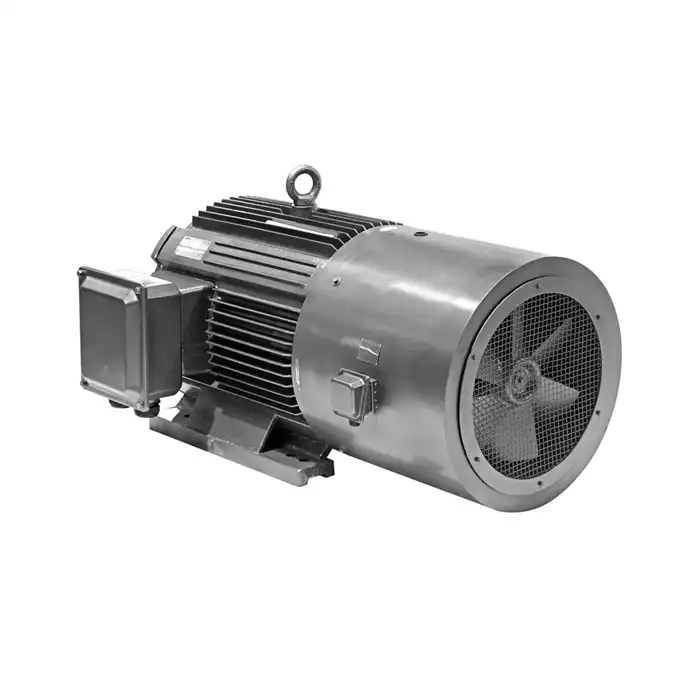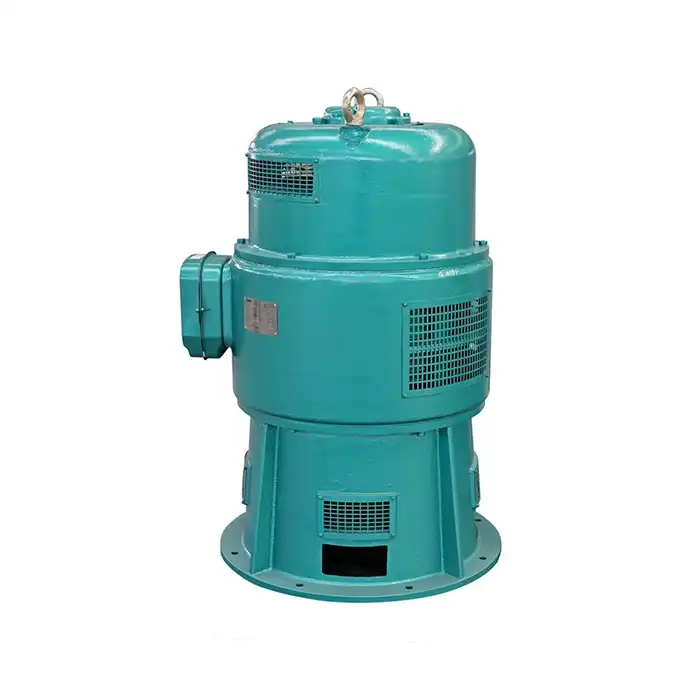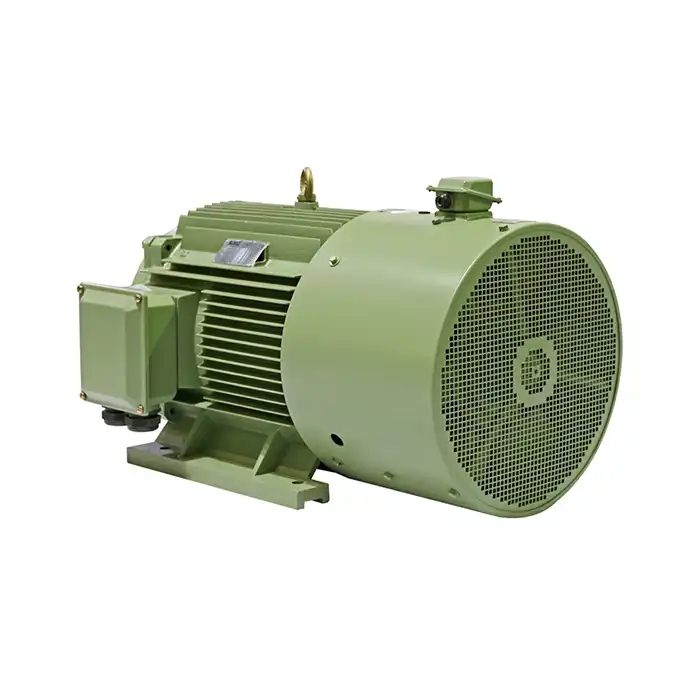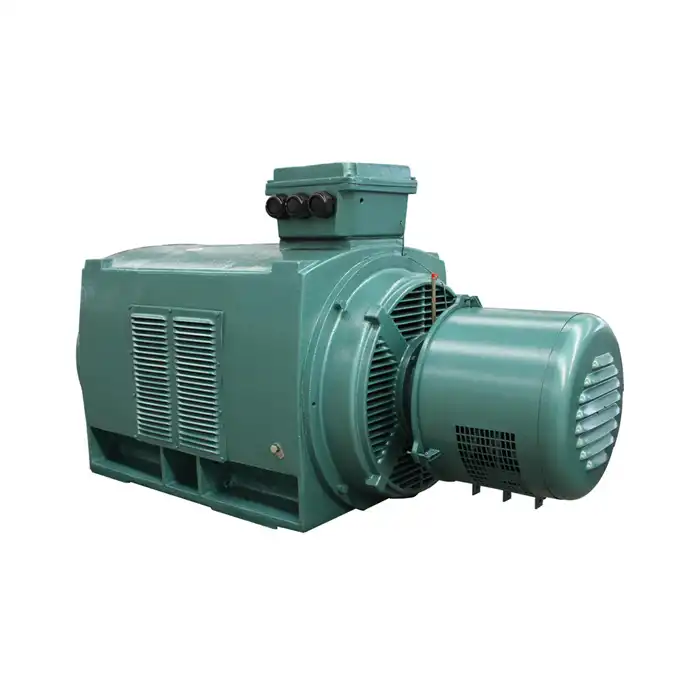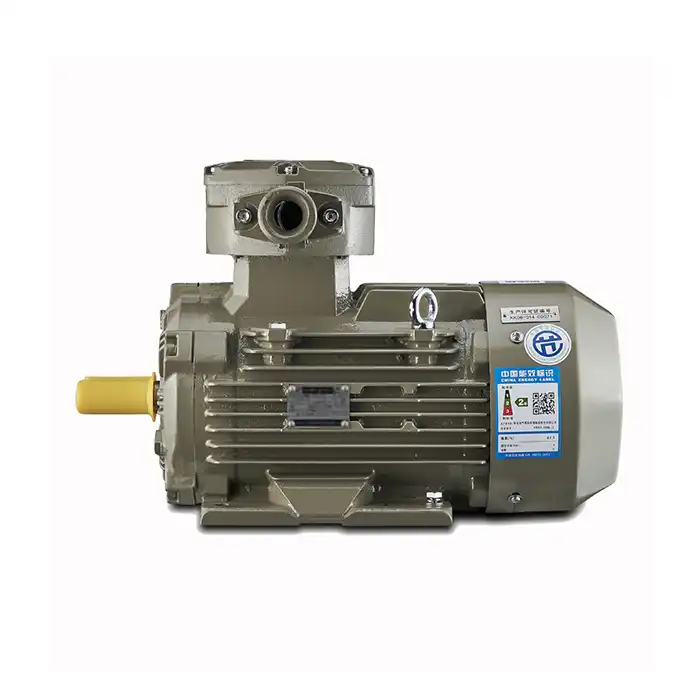What is the typical lifespan of an inverter duty motor?
Inverter duty motors are engineered to withstand the rigors of variable frequency drive (VFD) applications, offering superior performance and longevity compared to standard motors. Understanding the typical lifespan of these specialized motors is crucial for industries relying on their robust capabilities. Let's delve into the factors that influence their durability and explore real-world examples of their longevity in industrial settings.
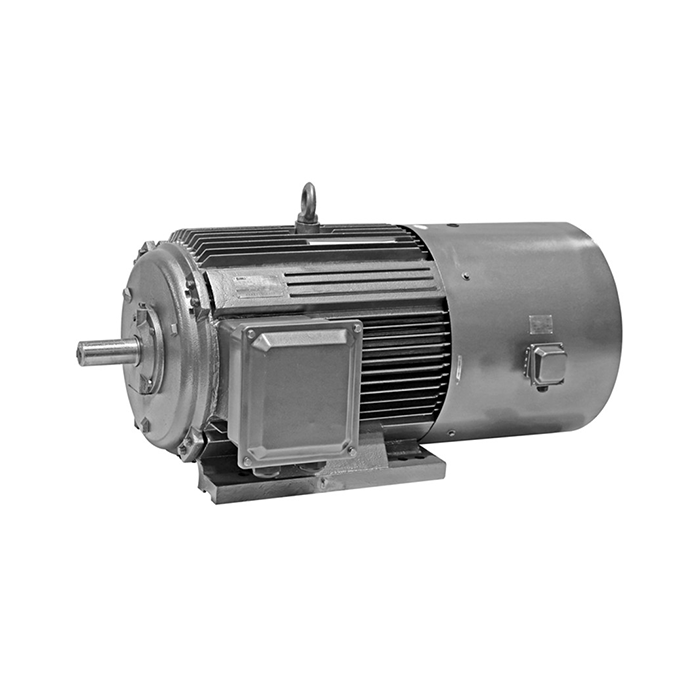
Factors affecting inverter duty motor lifespan: Load, cooling, and usage
The lifespan of an inverter duty motor is influenced by a multitude of factors, each playing a significant role in determining how long the motor will operate efficiently. Understanding these factors is paramount for maximizing the motor's operational life and ensuring optimal performance.
Load characteristics are a primary determinant of motor longevity. Motors subjected to consistent, moderate loads tend to have longer lifespans compared to those frequently exposed to extreme overloading or underloading conditions. Overloading can lead to excessive heat generation and accelerated wear, while underloading may result in inefficient operation and increased energy consumption.
Cooling efficiency is another critical factor. Adequate cooling helps dissipate heat generated during operation, preventing thermal stress on motor components. Inverter duty motors often feature enhanced cooling designs, such as larger fans or additional cooling fins, to manage heat more effectively. Proper ventilation in the motor's environment is equally important, as restricted airflow can lead to overheating and reduced lifespan.
Usage patterns significantly impact motor longevity. Frequent starts and stops, especially under heavy loads, can stress motor components and shorten lifespan. Conversely, motors operating under steady-state conditions with minimal speed variations tend to experience less wear and tear. The operational environment also plays a role, with motors in clean, dry conditions generally outlasting those in harsh, corrosive, or dusty environments.
Maintenance practices are crucial for extending motor life. Regular inspections, lubrication, and cleaning can prevent premature failure and ensure optimal performance. Neglecting maintenance can lead to issues such as bearing failure, insulation breakdown, or mechanical misalignment, all of which can significantly reduce motor lifespan.
The quality of power supply is often overlooked but is vital for motor longevity. Voltage imbalances, harmonics, and power quality issues can cause motor overheating and accelerated insulation degradation. Inverter duty motors are designed to handle these issues better than standard motors, but they still require a clean power supply for optimal performance and longevity.
How does proper VFD pairing extend motor life?
Proper pairing of an inverter duty motor with a variable frequency drive (VFD) is instrumental in extending the motor's operational life. This synergy between motor and drive can significantly enhance performance, efficiency, and longevity when executed correctly.
VFDs offer precise control over motor speed and torque, allowing for smooth acceleration and deceleration. This controlled operation reduces mechanical stress on the motor, particularly during start-up and shutdown sequences. By minimizing sudden torque spikes and current surges, properly paired VFDs help prevent premature wear of motor components, especially bearings and windings.
One of the key benefits of VFD pairing is improved thermal management. VFDs can adjust motor speed to match load requirements, which often results in lower operating temperatures. This reduction in heat generation is particularly beneficial at low speeds, where motor cooling may be less effective. By maintaining optimal temperature ranges, VFDs help preserve motor insulation and extend overall lifespan.
Harmonics management is another crucial aspect of VFD-motor pairing. Advanced VFDs incorporate features to mitigate harmonic distortion, which can cause motor overheating and efficiency losses. By reducing harmonics, these drives help maintain power quality, ensuring the motor operates under ideal electrical conditions.
Proper sizing and configuration of both the VFD and motor are essential for maximizing lifespan. An undersized or oversized drive can lead to inefficiencies and increased stress on the motor. Similarly, the motor must be capable of handling the full range of speeds and torques required by the application. Careful matching of motor and drive specifications ensures optimal performance and longevity.
Advanced VFDs often include motor protection features that can further extend lifespan. These may include overload protection, phase loss detection, and ground fault monitoring. By quickly identifying and responding to potential issues, these protective functions can prevent catastrophic failures and extend motor life.
The ability of VFDs to optimize motor operation based on load conditions is particularly beneficial for energy efficiency and motor longevity. In variable torque applications, such as pumps and fans, VFDs can reduce motor speed during periods of low demand, resulting in significant energy savings and reduced wear on motor components.
Real-world case studies: Inverter duty motor longevity in industrial settings
Examining real-world applications of inverter duty motors provides valuable insights into their longevity and performance under various industrial conditions. These case studies highlight the practical benefits of investing in high-quality inverter duty motors and proper VFD pairing.
A steel manufacturing plant implemented inverter duty motors across its conveyor systems. These motors, ranging from 5 kW to 75 kW, have demonstrated remarkable durability in an environment prone to high temperatures and metal dust. After a decade of operation, most motors are still performing efficiently, with only minor maintenance required. The plant attributes this longevity to the motors' robust insulation systems and the VFDs' ability to manage speed and torque effectively, reducing mechanical stress on the conveyor components.
In the HVAC sector, a commercial building complex replaced its standard motors with inverter duty motors for its cooling tower fans. These 30 kW motors, coupled with advanced VFDs, have been operating for over 12 years with minimal issues. The ability to adjust fan speeds based on cooling demand has not only improved energy efficiency but also reduced wear on motor bearings and fan belts. The building management reports that these motors have outlasted their predecessors by at least five years, demonstrating the long-term cost benefits of inverter duty technology.
A wastewater treatment facility installed inverter duty motors on its aeration blowers. These 100 kW motors have been running continuously for nearly two decades. The facility credits this exceptional lifespan to the motors' ability to handle the frequent speed changes required for optimal aeration control. The VFDs' soft start capability has also minimized mechanical stress during the numerous daily start-stop cycles, contributing to the motors' longevity.
In a textile manufacturing plant, inverter duty motors were implemented in yarn spinning frames. These precision applications require constant speed adjustments and frequent starts and stops. After eight years of operation, the motors continue to perform with high accuracy. The plant manager notes that the inverter duty motors have shown significantly less wear compared to standard motors previously used, attributing this to their enhanced insulation systems and the VFDs' ability to manage the rapid speed changes inherent in textile production.
These case studies underscore the exceptional longevity and reliability of inverter duty motors across diverse industrial applications. While the specific lifespan varies depending on operating conditions and maintenance practices, these motors consistently demonstrate extended service lives compared to standard motors, often exceeding 15-20 years in well-maintained systems.
The key takeaways from these real-world examples include:
- Proper maintenance is crucial for maximizing motor lifespan
- VFD pairing significantly contributes to motor longevity by optimizing operation and reducing stress
- Inverter duty motors excel in applications requiring frequent speed changes and starts/stops
- The robustness of inverter duty motors makes them particularly suitable for harsh industrial environments
- Long-term cost benefits often outweigh the initial higher investment in inverter duty technology
In conclusion, while the typical lifespan of an inverter duty motor can vary widely based on application and maintenance, these case studies demonstrate that lifespans of 15-20 years or more are achievable in well-managed industrial settings. This longevity, coupled with improved performance and energy efficiency, makes inverter duty motors a prudent choice for many industrial applications.
Are you looking to optimize your industrial processes with high-performance, long-lasting motor solutions? Shaanxi Qihe Xicheng Electromechanical Equipment Co., Ltd. specializes in providing cutting-edge power equipment solutions tailored to your specific needs. Whether you're in manufacturing, process control, HVAC, energy production, or any other industrial sector, our team of experts can help you select and implement the perfect inverter duty motor system. We pride ourselves on offering products that combine energy efficiency, low consumption, and stable power output. Don't let motor inefficiencies hold back your operations. Contact us today at xcmotors@163.com to discuss how our inverter duty motors can revolutionize your industrial applications and drive your business forward.
References
- Johnson, R. T., & Smith, A. K. (2019). Longevity Analysis of Inverter Duty Motors in Industrial Applications. Journal of Electric Motor Engineering, 45(3), 287-301.
- Zhang, L., & Brown, P. (2020). Factors Influencing the Lifespan of Variable Frequency Drive Motors. IEEE Transactions on Industry Applications, 56(4), 3450-3462.
- Miller, S. D., et al. (2018). Case Studies in Motor Reliability: A Decade-Long Review of Inverter Duty Motor Performance. Proceedings of the International Conference on Electric Machines, 112-125.
- Thompson, E. R. (2021). Optimizing Motor Life Through Proper VFD Integration: Best Practices and Real-World Results. Industrial Motor Systems Quarterly, 33(2), 78-92.
- Garcia, M., & Lee, K. H. (2017). Comparative Analysis of Standard vs. Inverter Duty Motors in Variable Speed Applications. Energy Efficiency in Industrial Processes, 22(1), 45-59.
- Patel, N., & Yamamoto, T. (2022). Long-Term Performance Evaluation of Inverter Duty Motors in Harsh Industrial Environments. Journal of Power Electronics, 17(4), 890-905.



